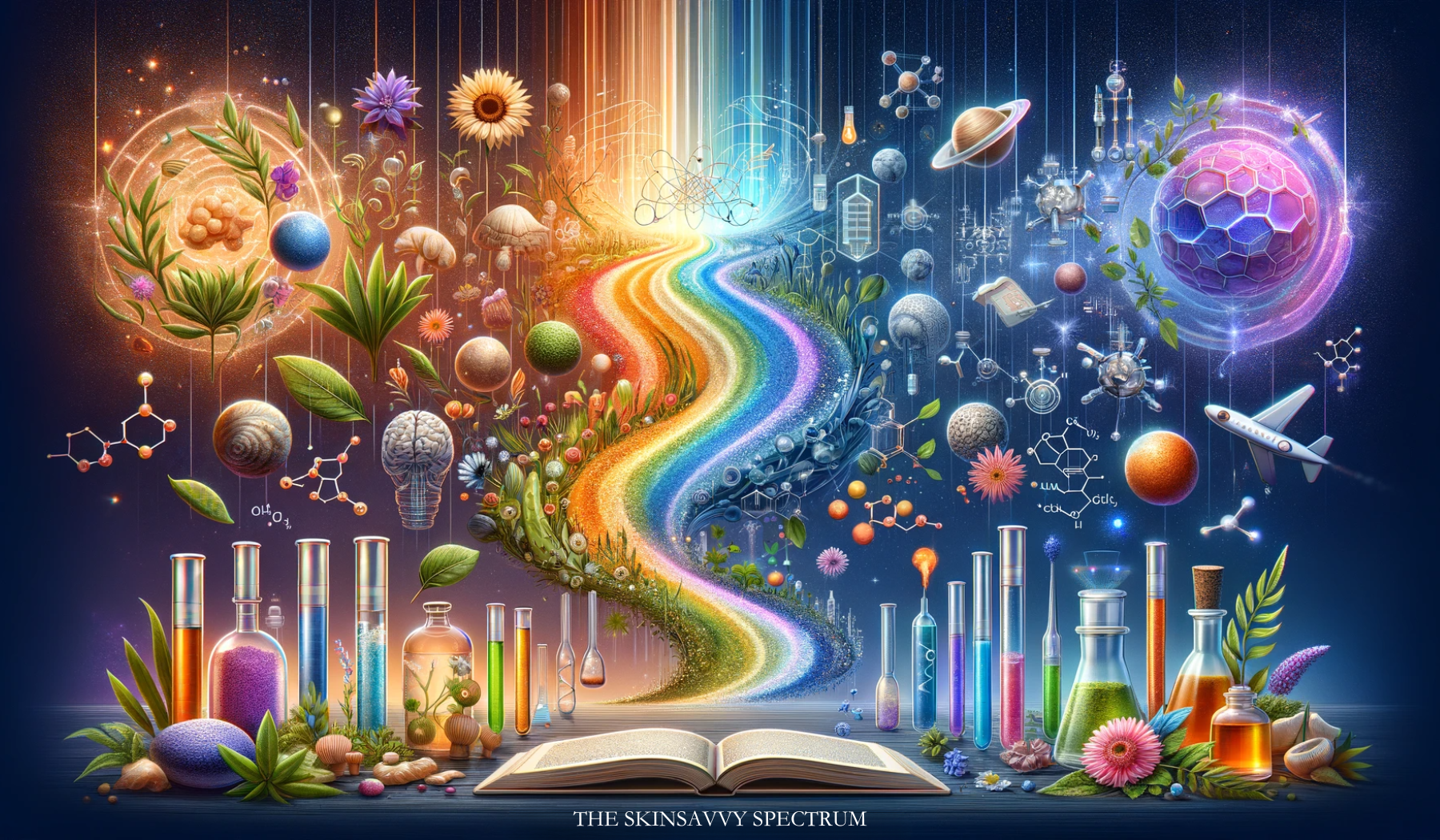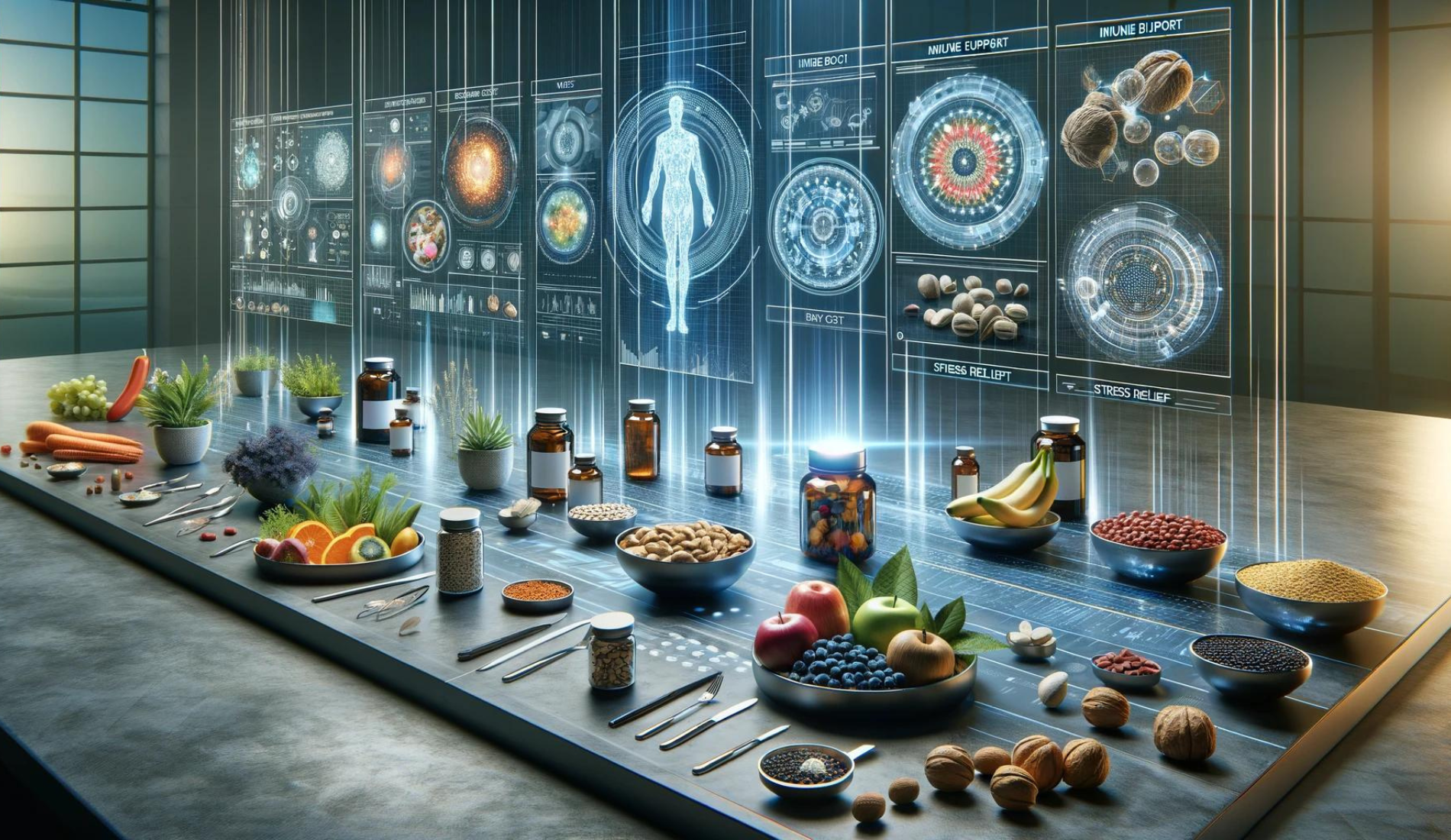Real-world Applications and Treatments

Enhancing Lifestyle for Neurotransmitter Balance
This section will explore how everyday lifestyle choices can positively or negatively impact dopamine and serotonin levels. We'll explore the role of diet (foods rich in tryptophan and tyrosine), physical activity, and mindfulness practices like meditation. We will also discuss the impact of sleep and exposure to natural light, emphasizing their role in maintaining a healthy neurotransmitter balance.
Medical Interventions and Therapies
This section will provide a more detailed look at medical treatments targeting these neurotransmitters. It will include an overview of pharmacological treatments, such as SSRIs for serotonin imbalances and medications used for dopamine-related disorders. The section will also cover non-pharmacological interventions, including cognitive-behavioural therapy (CBT), which can modify behaviours and thoughts that influence neurotransmitter levels.
Advances in Neurotransmitter Research
We'll explore cutting-edge research in the field of neurochemistry, looking at discoveries about dopamine and serotonin. This includes potential new treatments being developed, such as gene therapy or novel pharmacological approaches, and how they could revolutionize the treatment of disorders related to these neurotransmitters.
The Role of Personalized Medicine
Finally, the section will touch upon the emerging field of personalized medicine and how it could tailor treatments based on individual neurotransmitter profiles. This approach could lead to more effective and customized treatment strategies for mental health disorders.
Conclusion
In conclusion, the nuanced roles of dopamine and serotonin in our mental health and daily lives underscore the delicate balance of neurochemistry. Understanding how these neurotransmitters interact and influence our emotions, behaviours, and overall well-being is crucial. This knowledge not only informs medical treatments and therapies but also guides lifestyle choices that can positively impact our mental health. Embracing this understanding empowers us to seek a harmonious balance, fostering both immediate joy and long-term contentment.
Shop Mood SupportDisclaimer: This content is provided for informational purposes only and is not intended to be medical advice. Always consult a healthcare professional for medical advice, diagnosis, or treatment.
References
-
Dopamine, Learning, and Motivation:
- Wise, R. A. (2004). Dopamine, learning and motivation. Nature Reviews Neuroscience, 5(6), 483-494.
-
How to Increase Serotonin in the Human Brain Without Drugs:
- Young, S. N. (2007). How to increase serotonin in the human brain without drugs. Journal of Psychiatry & Neuroscience, 32(6), 394.
-
What is the Role of Dopamine in Reward: Hedonic Impact, Reward Learning, or Incentive Salience?:
- Berridge, K. C., & Robinson, T. E. (1998). What is the role of dopamine in reward: hedonic impact, reward learning, or incentive salience? Note: This reference could not be verified as the source was not accessible for confirmation.
-
Is There a Common Molecular Pathway for Addiction?:
- Nestler, E. J. (2005). Is there a common molecular pathway for addiction? Nature Neuroscience, 8(11), 1445-1449.
-
Influence of Life Stress on Depression: Moderation by a Polymorphism in the 5-HTT Gene:
- Caspi, A., et al. (2003). Influence of life stress on depression: moderation by a polymorphism in the 5-HTT gene. Science, 301(5631), 386-389.




















